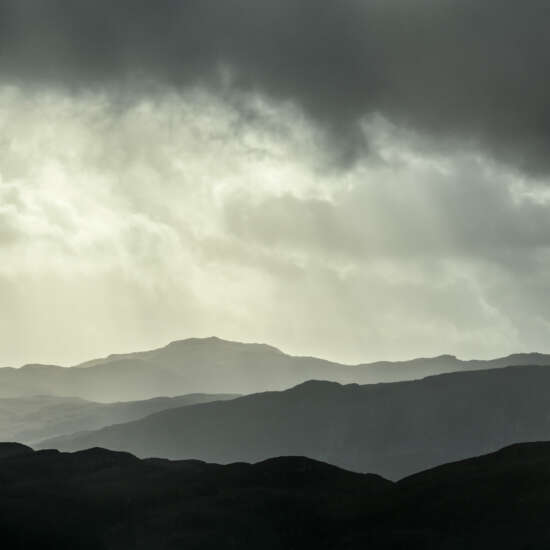
Tools of Interpretation
Article
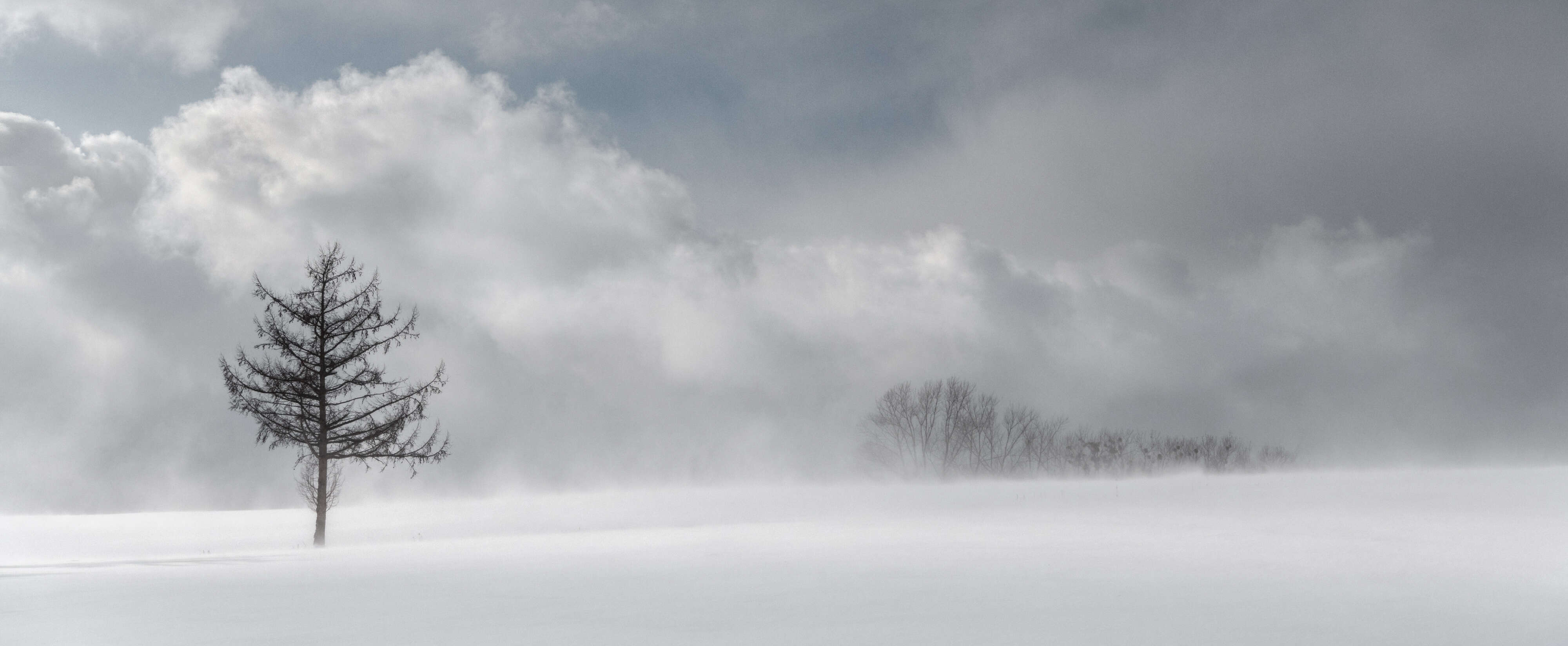
Michael Pilkington
As landscape photographers, we seem to work hard at simplifying our and in doing so we pay a lot of attention to what needs to be excluded from a composition. We strive to achieve clean and obvious representations of what is before us.
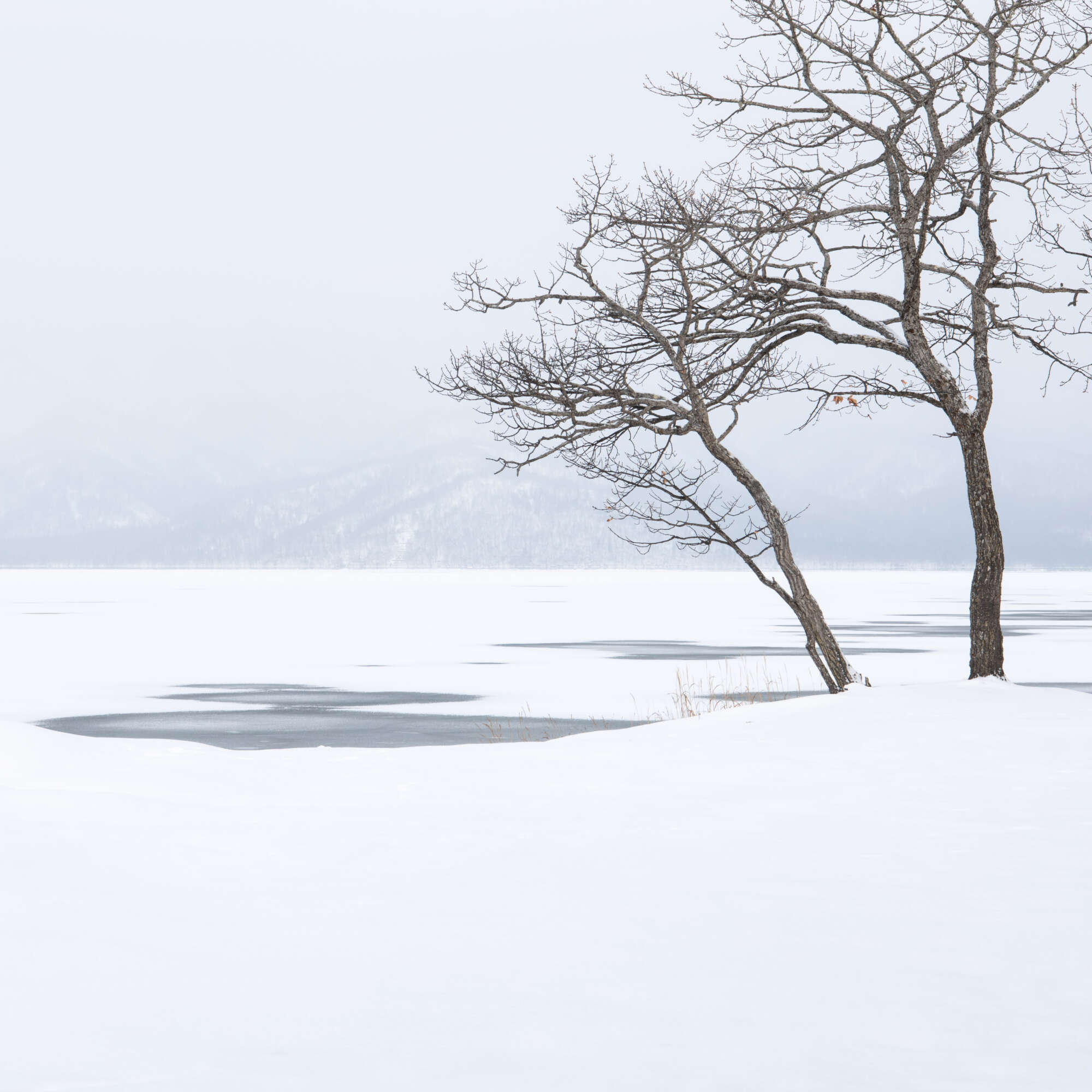
To this end we employ the many rules of good composition such as rule of thirds, leading lines and the 80⁄20 rule. All of these make it easier for the viewer to digest and appreciate the photograph before them and make it equally easier for the photographer to construct a composition. So why do we do this? Simply, because it works. Artists have been doing this for centuries and we are continuing to follow their lead.
In pursuit of simplifying images, we as photographers, can employ many techniques. Long exposures can reduce the confusion of rough waters in seas, lakes, rivers and clouds in skies into areas of simple textures and tones. Photographing in snow, deserts or mono-culture fields will achieve the same goal. Converting an image to black and white reduces the mosaic of colours in an image to one of tones of grey.
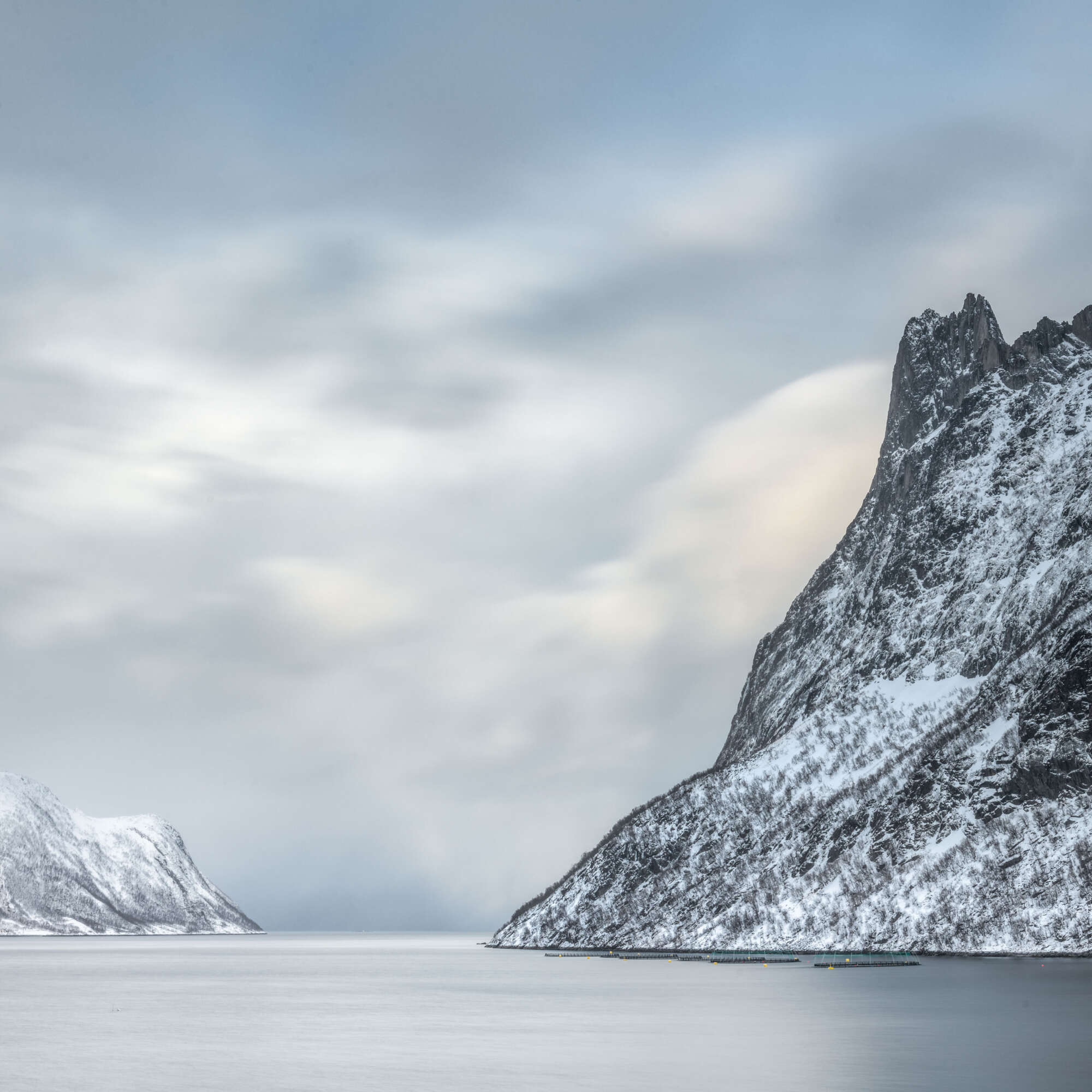
The extreme of this pursuit is minimalism. It is very popular amongst amateur and professional photographers alike. Exclude everything from the image except the main subject. Michael Kenna in his landmark work in Hokkaido, Japan pioneered this movement. It is without argument an aesthetically pleasing style of photography.
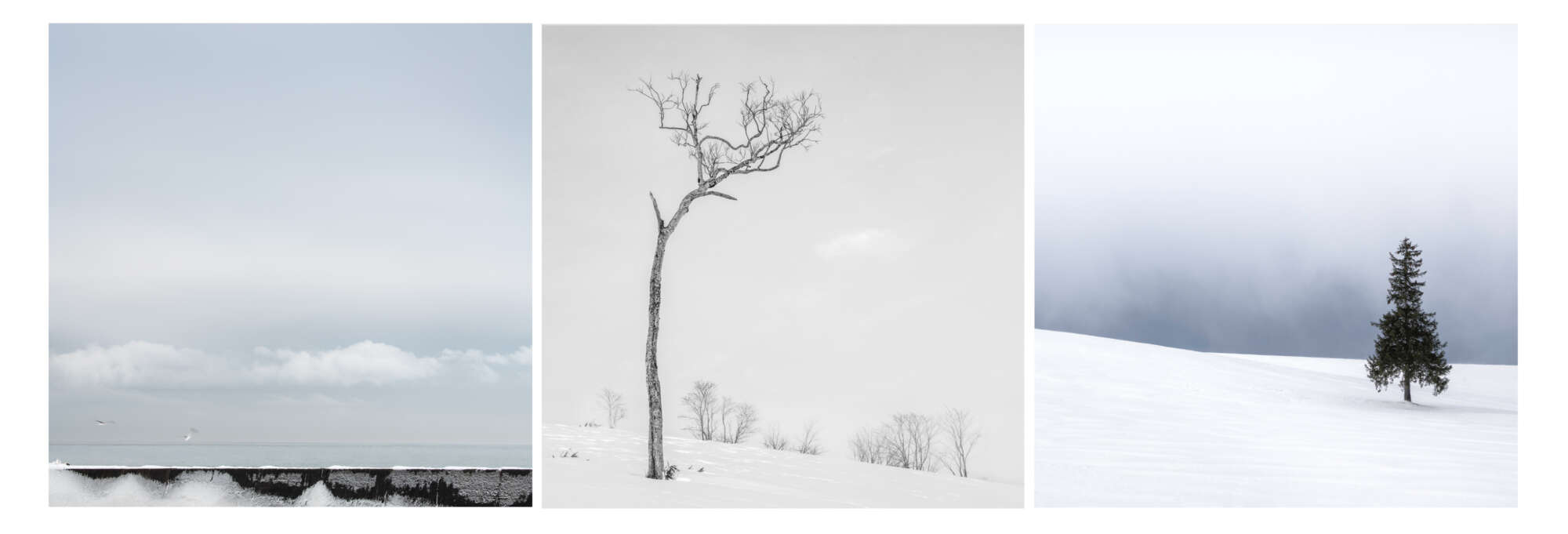
It is important to acknowledge that minimalism is not necessarily an easy form of photography. Reducing a composition to a single subject requires a lot of skill. Finding suitable subjects in familiar surroundings is not easy or obvious. Simply walk through the countryside, across farmland and in woods. Just look out of your window and you are confronted with the chaos and complexity of nature all around you. To some extent, if you are striving for simplicity, this constrains your photography and it is where the challenge lies. I have found it frustrating and often an impediment to my photography, which in turn can imbue frustration. So much landscape and so little to photograph.
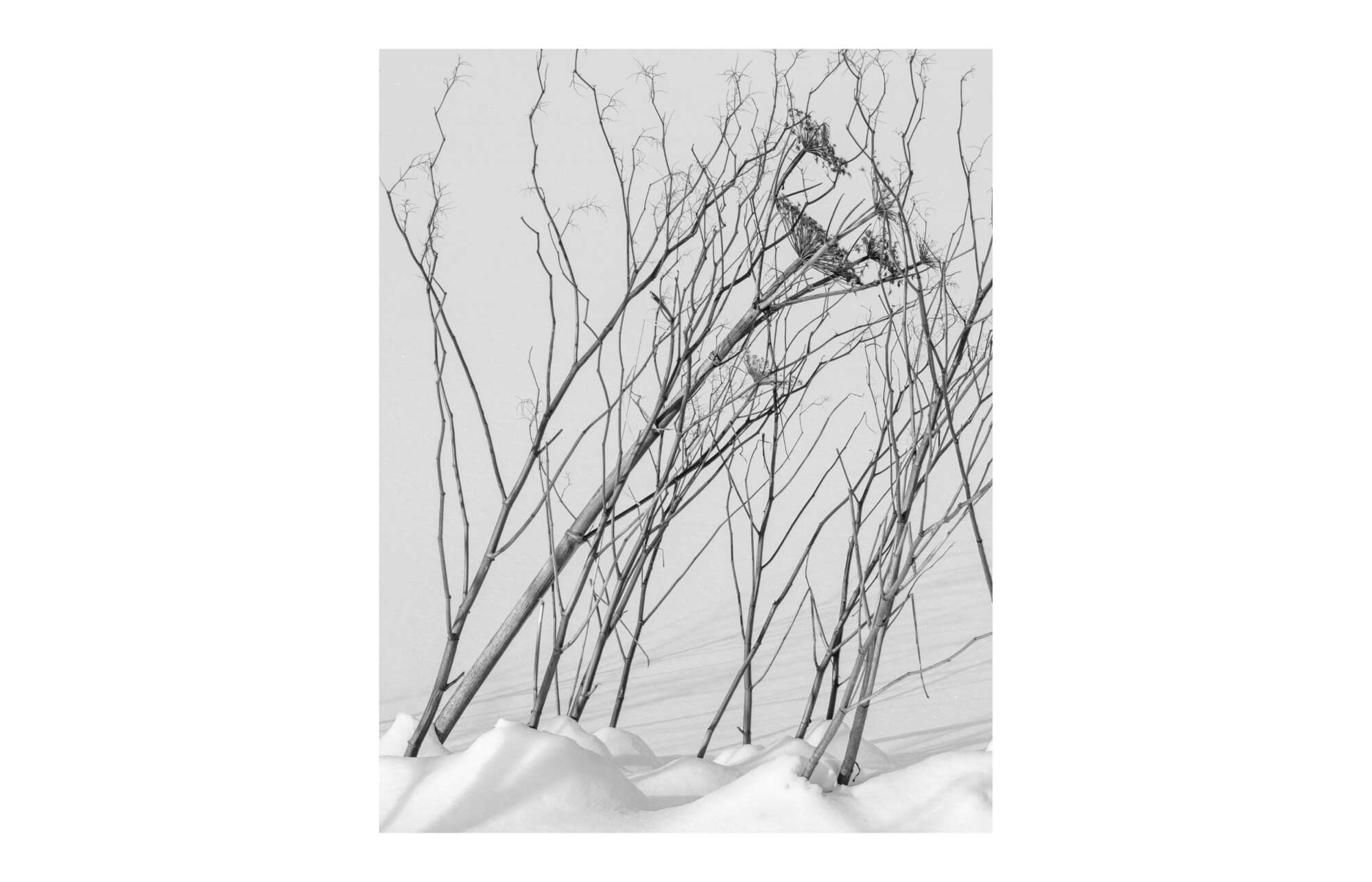
I have a great fondness for photographing woodlands. They are chaotic and disorganised and seem to object to any attempts to create a good composition, to convey what you are seeing and feeling. A common approach to photographing woodlands is to use a telephoto lens and distil it down to its component parts. This approach to composition, abstraction, can be used in many different types of environment, yet for me, it excludes the absolute character of nature surrounding me. It is with this in mind that I have been trying to embrace this chaos and bring some sense of order to it in my photography.
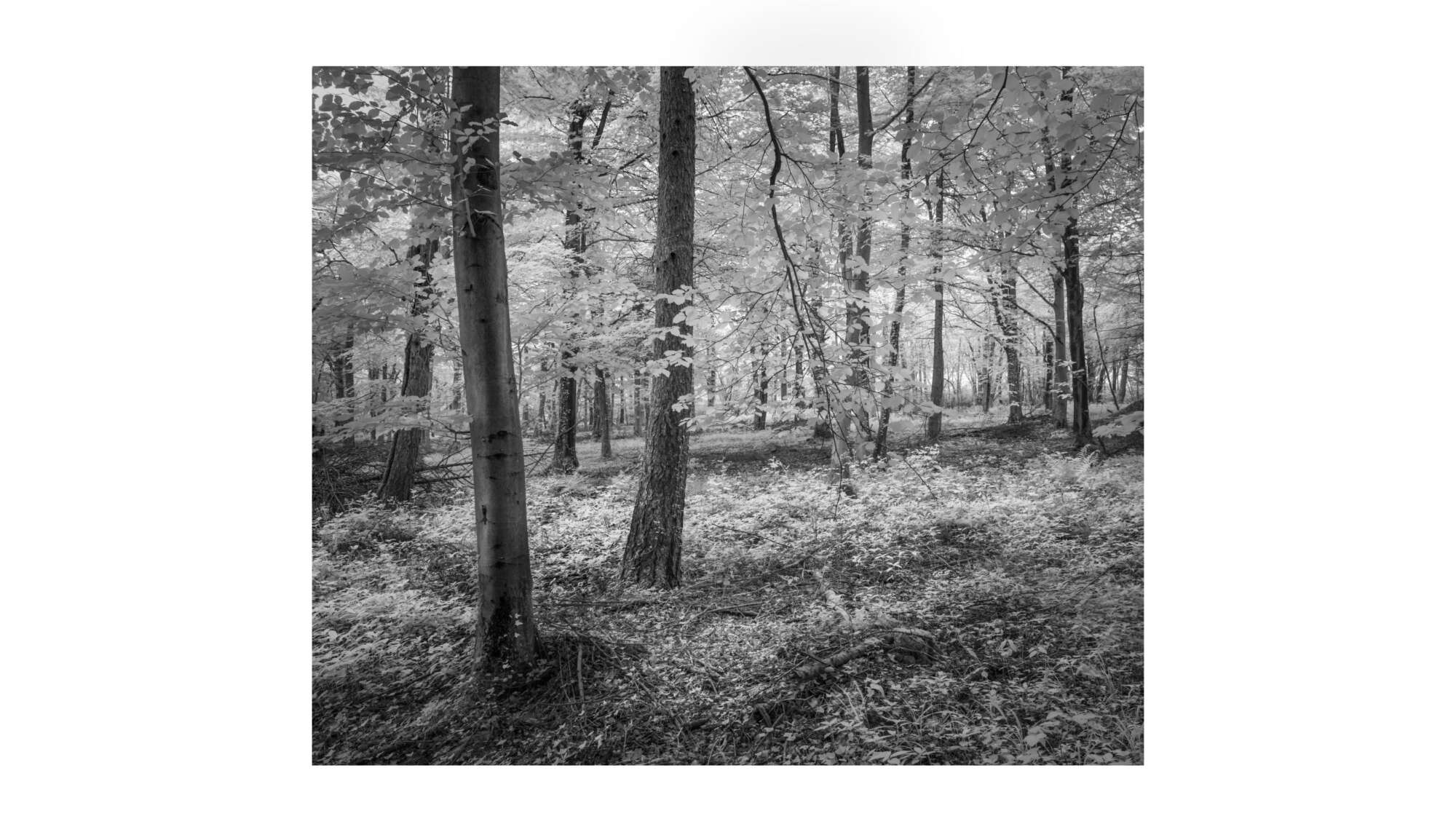
I have a number of favourite walks near to where I live. As I venture along the pathways I always look for potential compositions. The changing seasons and light will offer new opportunities in different ways during the many times I explore the same route. However, living in Kent, does not bring the wealth of options I encounter when travelling to more picturesque parts of the world. Exploring the Yellow Mountains in China brings a wealth of opportunities with its trees clinging to the ridges and sheer rock faces. The ebbing and flowing of mist in the valleys offers yet further increased drama. Ice locked Fjords and mountains erupting from the seas in Lofoten, Norway present an exciting backdrop to the beaches at their feet.
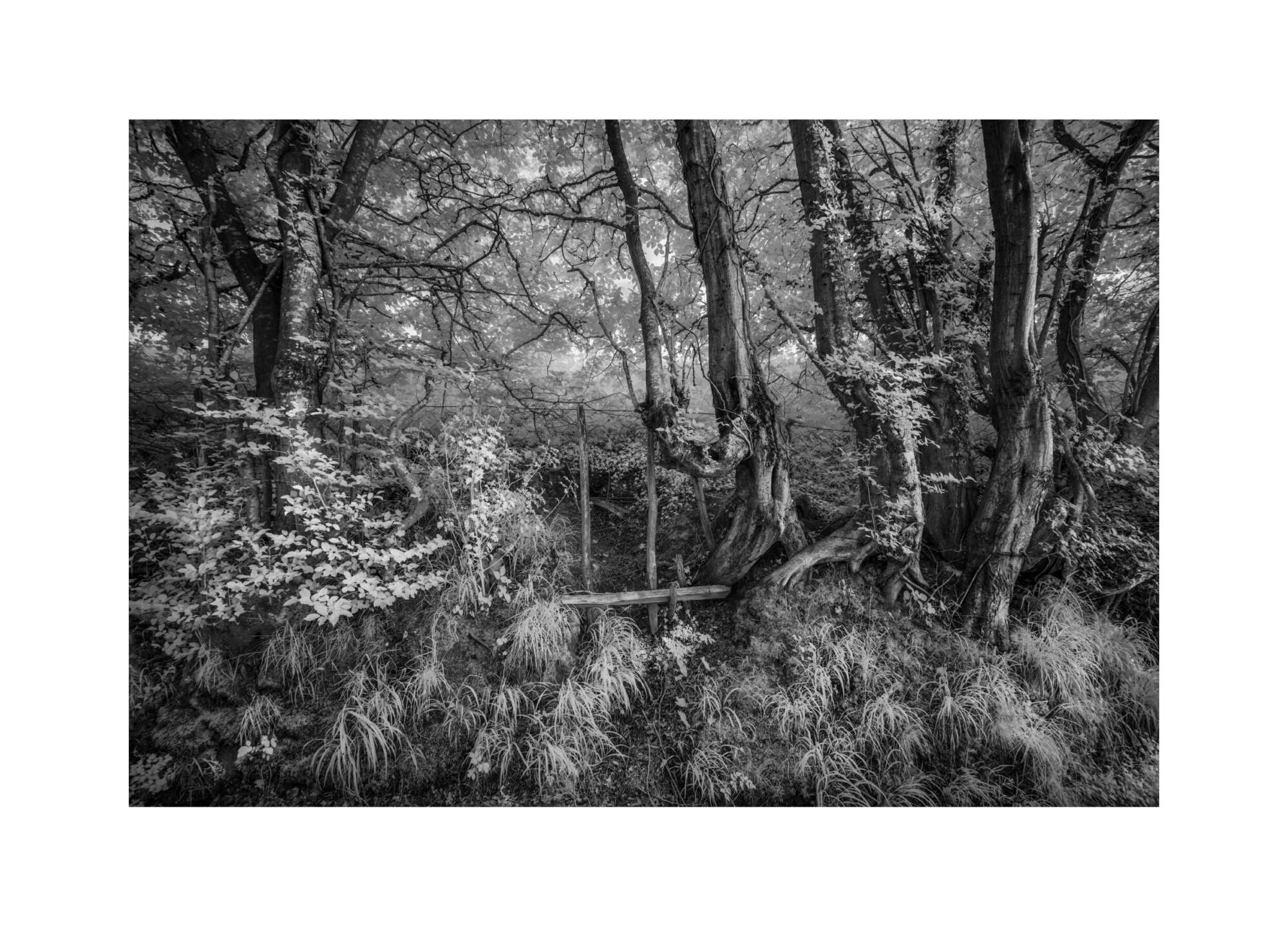
As I have said, this is a source of frustration. On one of my walks, there is a location that I have passed many times and always appreciated the way the light illuminates it. Residing under a huge canopy of leaves, the only illumination is from the late afternoon summer sun that brings low slanting light which creeps under the umbrella of leaves. The scene is beautifully intricate with the knurled tree trunks and grasses at their base. On one occasion, I decided to photograph it. I chose infra-red as this would give separation to the dimly lit foliage and grasses from the background.
For me, this is an image that you can explore and is not something that you can with a glance. Taking this photograph helped open me up, embrace and allow myself to explore the disorganisation of nature around me without shouldering the doubt that it would not work, or more likely, would ultimately fail as a photograph. Whilst there is a lot in this photograph, there is still a sense of order. The tree trunks give structure and balance and the multiple tones and textures provide a rhythm throughout the composition. Capturing this image helped me open my eyes and to see more. I would even say it has created a sense of excitement and re-invigoration of my photography, a newly found freedom.